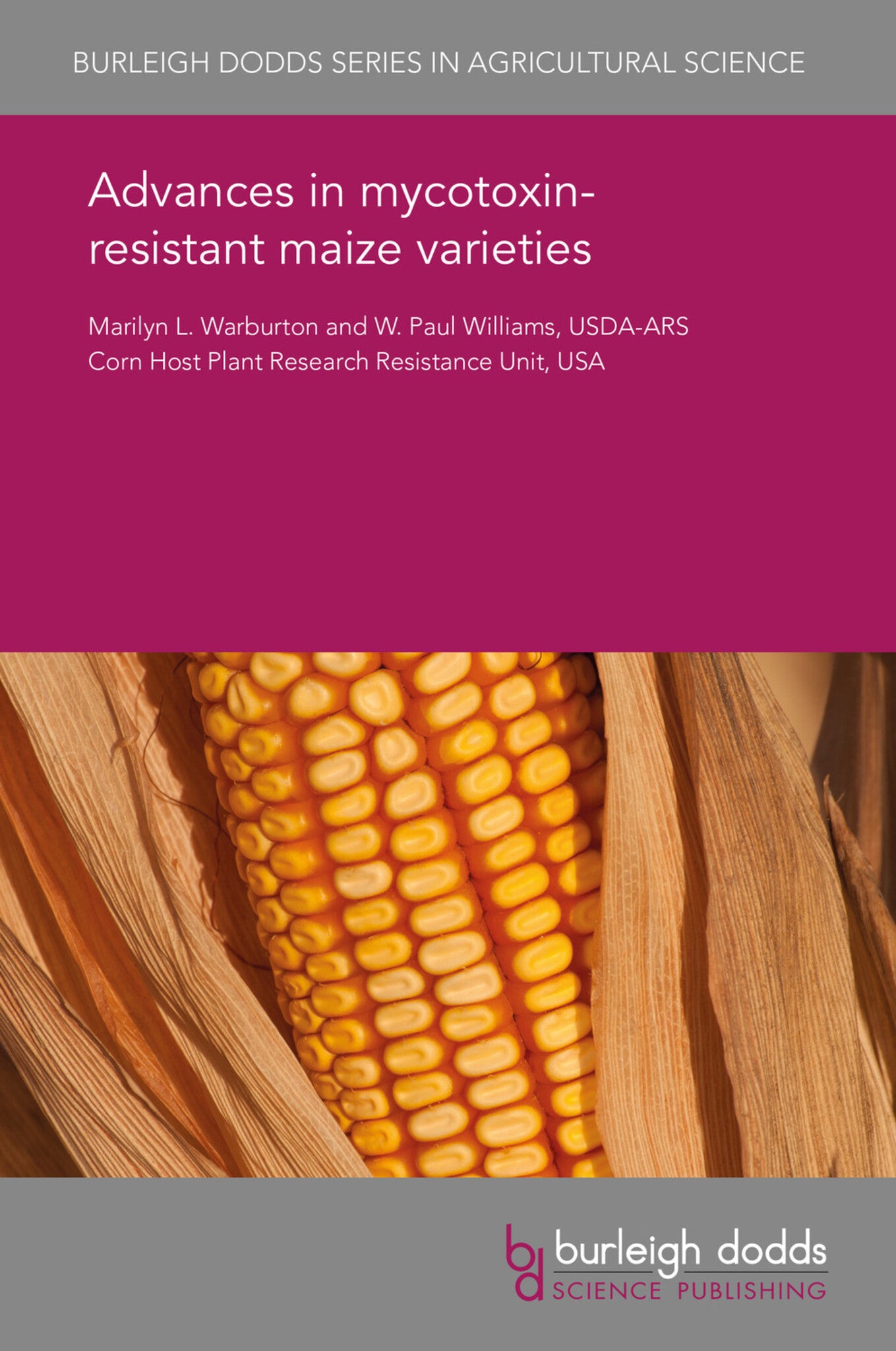We're sorry. An error has occurred
Please cancel or retry.
Advances in mycotoxin-resistant maize varieties

Some error occured while loading the Quick View. Please close the Quick View and try reloading the page.
Couldn't load pickup availability
- Format:
-
31 July 2016


TECHNOLOGY & ENGINEERING / Agriculture / General, Agricultural science, TECHNOLOGY & ENGINEERING / Agriculture / Agronomy / Crop Science, TECHNOLOGY & ENGINEERING / Agriculture / Sustainable Agriculture, Botany and plant sciences, Sustainable agriculture, Organic farming, Agronomy and crop production

1 Introduction;
2 Key challenges in developing new varieties;
3 Techniques for developing new varieties;
4 Case study: creating Aspergillus flavus resistant maize breeding lines;
5 Summary;
6 Future trends;
7 Where to look for further information;
8 References



